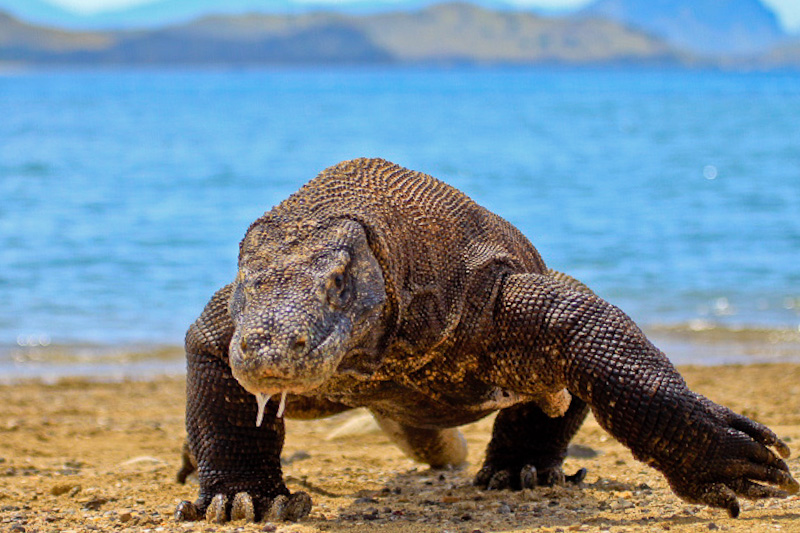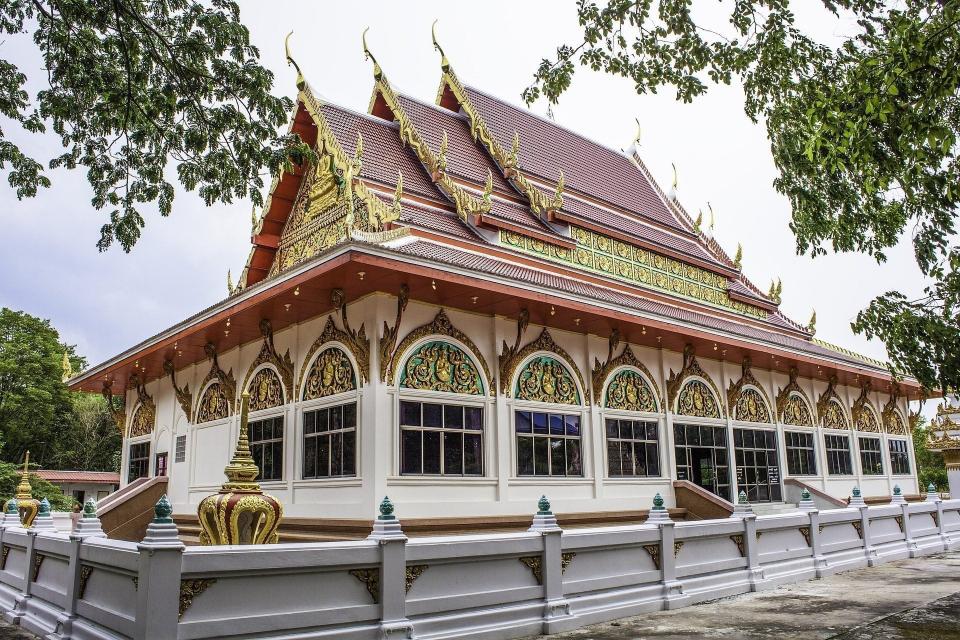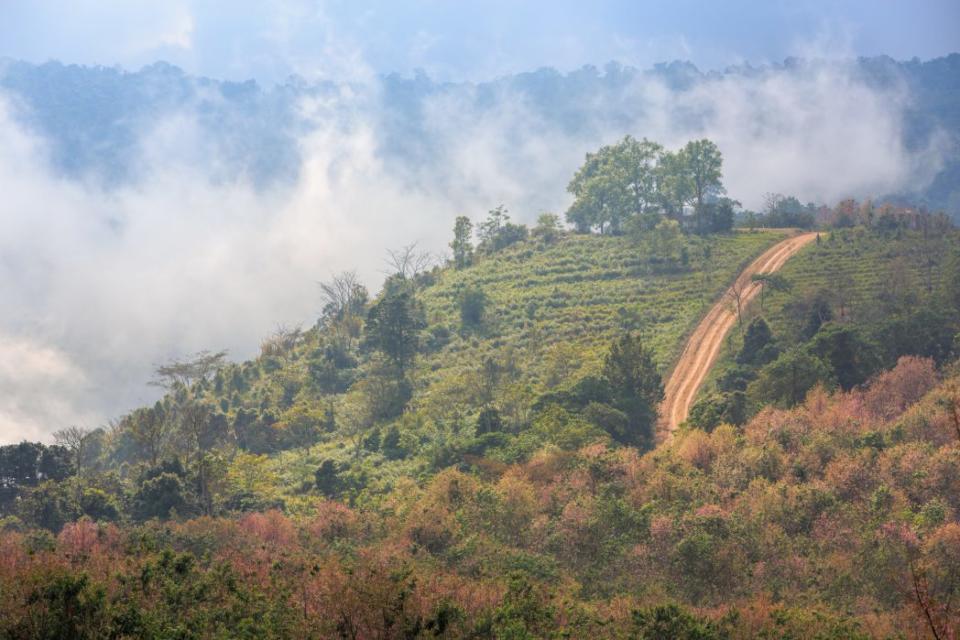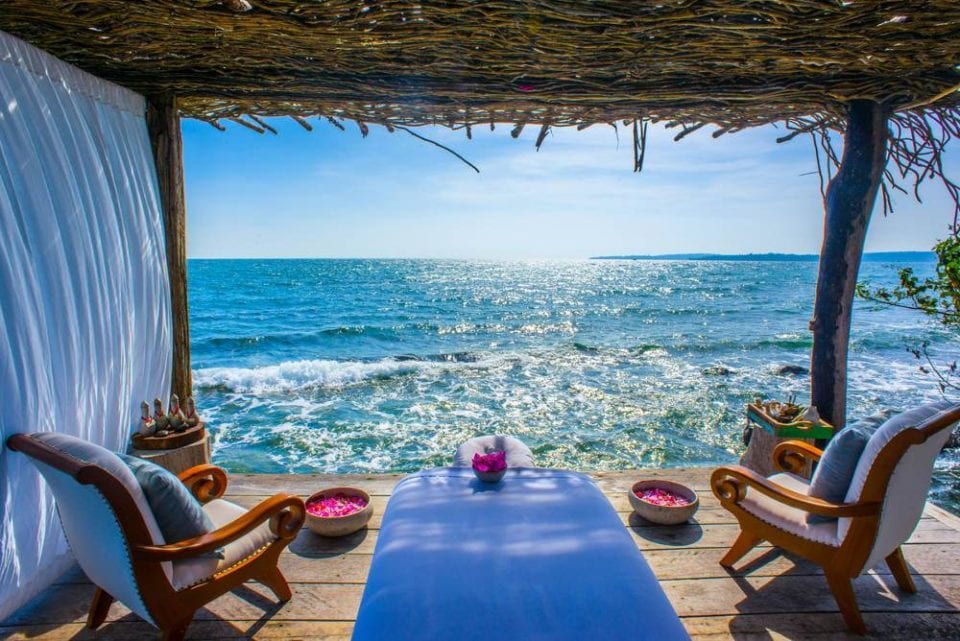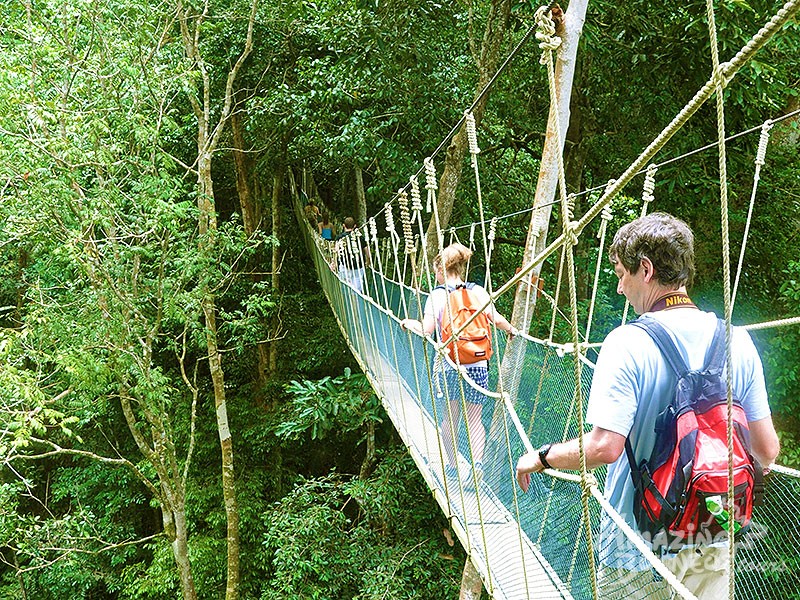Komodo Dragons
Komodo dragons are the world’s largest lizard. They can weigh up to 100 kilograms and reach a length of three meters and take prey as large as a water buffalo. They are giant versions of monitor lizards, a reptile that resides all over southern Asia and Africa and are related to goannas found in Australia. Monitors in Malaysia can reach lengths two meters.
The name Komodo dragon is kind of nickname. The animals are properly known as Komodo lizards or Komodo monitors. Their scientific name is Varanus komodoensis. They were long thought to related to monitor lizards found elsewhere in Southeast Asia but now it is believed they are the last representative of a relic population of large lizards that once lived across Indonesia and Australia.
Henry Allen of the Washington Post described the Komodo dragons as the “baddest reptiles of them all, real prizes, the crepuscular glamour of meat-seeking missiles with tongues…that flick like foot-long pieces of meat paranoia…They don’t move a lot, but when they do it’s with sullen self-assurance, their legs rotating forward like the arms of a fat man putting on an overcoat. The tongue flicks. The eyes have all the soul of mirror sunglasses.” “They are also the pit bull, the chopped Harley, the Darth Vader, the .44 Magnum of lizards… They are not left over dinosaurs, they are monitor lizards—pro–active, self-propelled chain saws with legs.”
Komodo dragons live in tropical savannahs, stream side thickets and coastal regions. There are between 4,000 and 6,000 of them left in the world today, with about half of them on the island of Komodo. The range of the Komodo dragon is smaller than any other large carnivore in the world. Komodo dragons reside only on four largely deforested islands in Indonesia— Komodo, Padar, Rintja, and Gili Motang—and parts of Flores. All of these islands are east of Java and Bali in a chain called the Lesser Sundas. Local islanders call the Komodo dragons “ora.” Komodo dragons are good swimmers. It is not known why they don’t live in other places.
Jerome Rivet of Reuters wrote: “Three metres (10 feet) long and weighing up to 70 kilograms (150 pounds), Komodo dragons are lethargic, lumbering creatures but they have a fearsome reputation for devouring anything they can, including their own. They prefer to scavenge for rotting carcasses, but can kill if the opportunity arises. Scientists used to believe their abundant drool was laced with bacteria that served to weaken and paralyse their prey, which they stalk slowly but relentlessly until it dies or is unable to defend itself. But new research has found the lizards are equipped with toxic glands of their own. One bite from a dragon won’t kill you, but it may make you very sick and, eventually, defenceless. About 2,500 dragons live on the island named after them (“komodo” means dragon in Indonesian). Along with neighbouring Rinca island, it is the main dragon habitat in the Komodo National Park, created in 1980 to preserve the ancient species.



